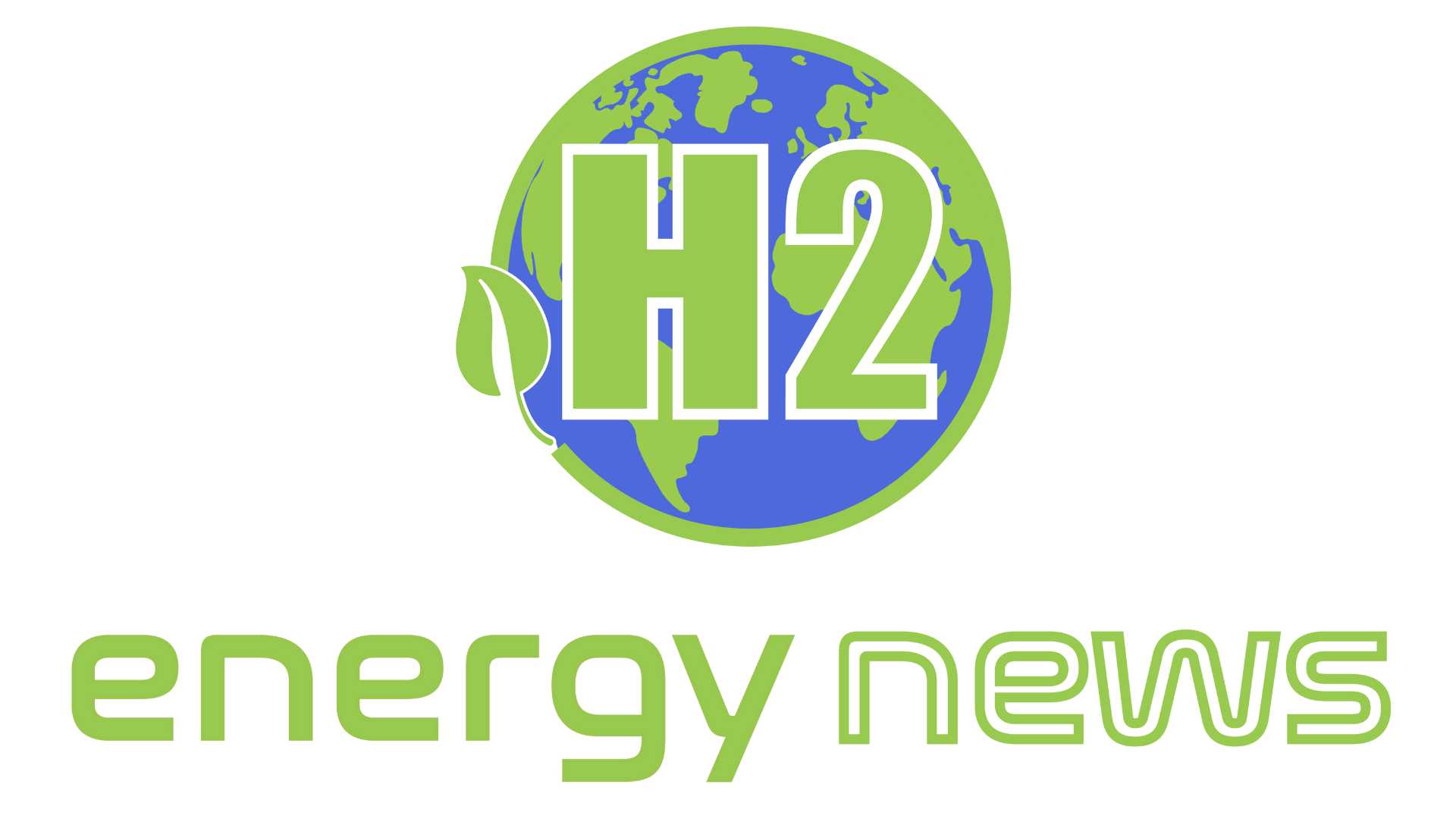Trending
- Energy News Highlights Leading Hydrogen Technologies at H2 MEET 2025
- European Industry Faces a Defining Moment as Brussels Releases €5.2 Billion in New Decarbonisation Funding
- MIT Study Quantifies Grid Expansion Tradeoffs as U.S. Faces Competing Priorities on Reliability and Cost
- Germany’s Battery Storage Planning Privileges Face Reversal Weeks After Approval as Policy Uncertainty Returns




